The Argon Arc Welding Machine , also known as a TIG (Tungsten Inert Gas) welding machine , is widely used in industrial and professional welding applications. It is known for producing high-quality, clean welds , especially on materials like stainless steel, aluminum, and thin metals . However, many users — especially beginners — often ask: Is the Argon Arc Welding Machine easy to operate?
The short answer is: It depends on your experience, training, and the complexity of the welding task. Compared to other welding machines like MIG (Metal Inert Gas) or stick welders , TIG welding requires more skill and coordination , but it can be mastered with practice, patience, and proper training .
1. Basic Operation of an Argon Arc Welding Machine
An Argon Arc Welding Machine uses a non-consumable tungsten electrode to produce the weld. The weld area and molten metal are protected from atmospheric contamination by a shielding gas , usually argon or a mixture of argon and other gases .
The basic steps for operation include:
Setting up the machine and connecting the argon gas cylinder
Selecting the correct tungsten electrode
Adjusting the current (AC or DC depending on the material)
Using a foot pedal or hand control to regulate the heat
Feeding the filler metal manually into the weld pool
Keeping the torch at the correct angle and distance
While the process sounds straightforward, each step requires precision , especially when working with thin or sensitive materials.
2. Why It’s Considered More Difficult
There are several reasons why many people find TIG welding more challenging than other welding methods:
Both Hands Are Required : Unlike MIG welding, where the wire is fed automatically, TIG welding requires one hand to hold the torch and the other to feed the filler rod. This two-handed coordination can be difficult for beginners.
Foot Control for Heat : Most TIG welders come with a foot pedal that controls the amount of current, and therefore the heat. This adds another level of control that must be mastered to avoid burning through the metal or creating cold welds .
Cleanliness Is Critical : TIG welding requires very clean materials . Any dirt, oil, or oxidation on the metal surface can lead to porosity or weak welds , so extra preparation is needed before welding.
Slower Process : TIG welding is generally slower than MIG or stick welding , which makes it less ideal for large-scale or production environments. However, this slower pace allows for greater control and higher quality welds .
3. Who Can Operate It Easily?
Although TIG welding has a steeper learning curve , certain users may find it easier to operate:
Experienced Welders : Those with prior welding experience — especially in precision work — often adapt more quickly to TIG welding.
Mechanically Inclined DIYers : People with good hand-eye coordination and attention to detail can learn TIG welding with proper guidance and practice .
Industrial and Automotive Technicians : Professionals who need high-quality welds for aerospace, automotive, or food-grade equipment often prefer TIG welding once they've mastered it.
4. Advantages of Using a TIG Welder
Despite the learning curve, many users find that the benefits of TIG welding outweigh the challenges :
High-Quality, Clean Welds : TIG welds are strong, precise, and visually appealing , making them ideal for thin metals, artistic work, and critical joints .
Versatility : A TIG welder can be used on almost all metals , including aluminum, stainless steel, copper, and titanium .
No Spatter or Slag : Unlike MIG or stick welding, TIG welding produces no spatter or slag , which reduces post-weld cleanup .
Controlled Heat Input : The foot pedal allows for fine-tuned heat control , giving welders more flexibility and precision .
5. Tips for Easier Operation
If you're new to TIG welding, here are some tips to make the process easier:
Start with Simple Materials : Practice on mild steel or aluminum scrap before moving on to more expensive or delicate metals.
Use a Stable Setup : Make sure your workspace is clean, well-lit, and free of drafts that could disrupt the shielding gas.
Take a Training Course : Many welding schools and online platforms offer beginner-friendly TIG welding courses .
Use Proper Safety Gear : Always wear a welding helmet, gloves, and protective clothing to avoid burns and UV exposure.
Practice, Practice, Practice : Like any skill, mastering TIG welding takes time and repetition .
While the Argon Arc Welding Machine (TIG welder) is not the easiest welding machine to operate , especially for beginners, it is highly rewarding for those willing to learn . Its ability to produce clean, strong, and precise welds makes it a favorite among professionals, hobbyists, and artisans who value quality over speed.
With the right equipment, training, and practice , even a novice can become proficient in TIG welding. Whether you're working on automotive parts, metal sculptures, or industrial equipment , mastering the TIG welding machine opens up a world of precision and creativity in metal fabrication.
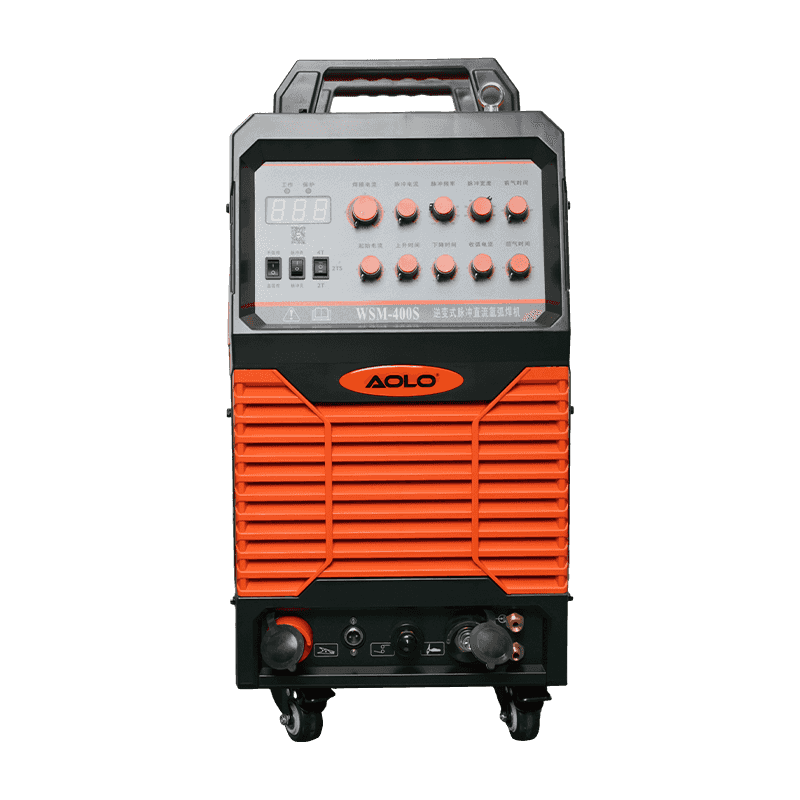



 English
English 中文简体
中文简体 Español
Español русский
русский

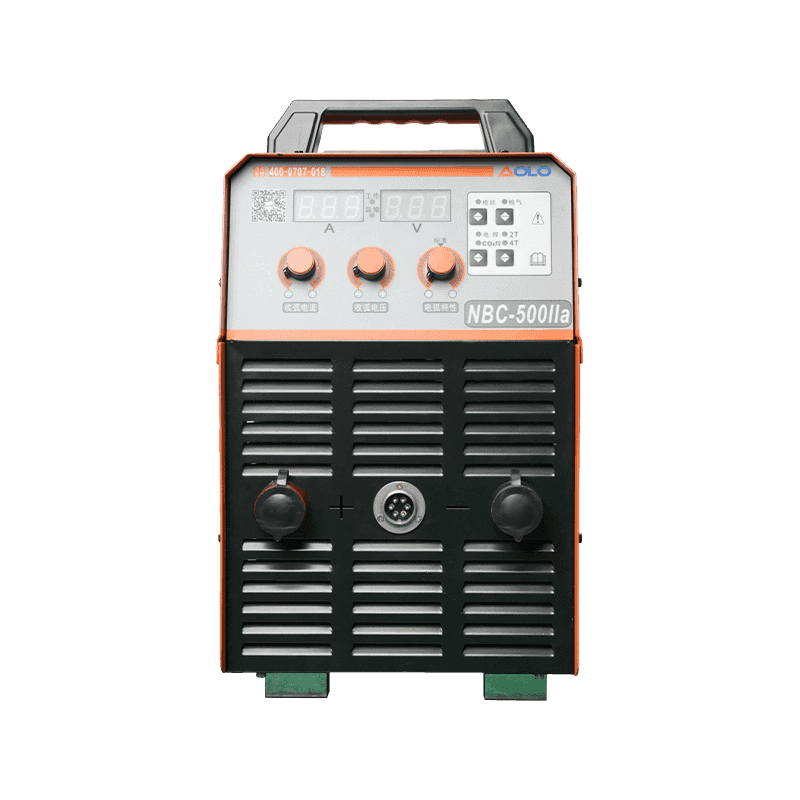
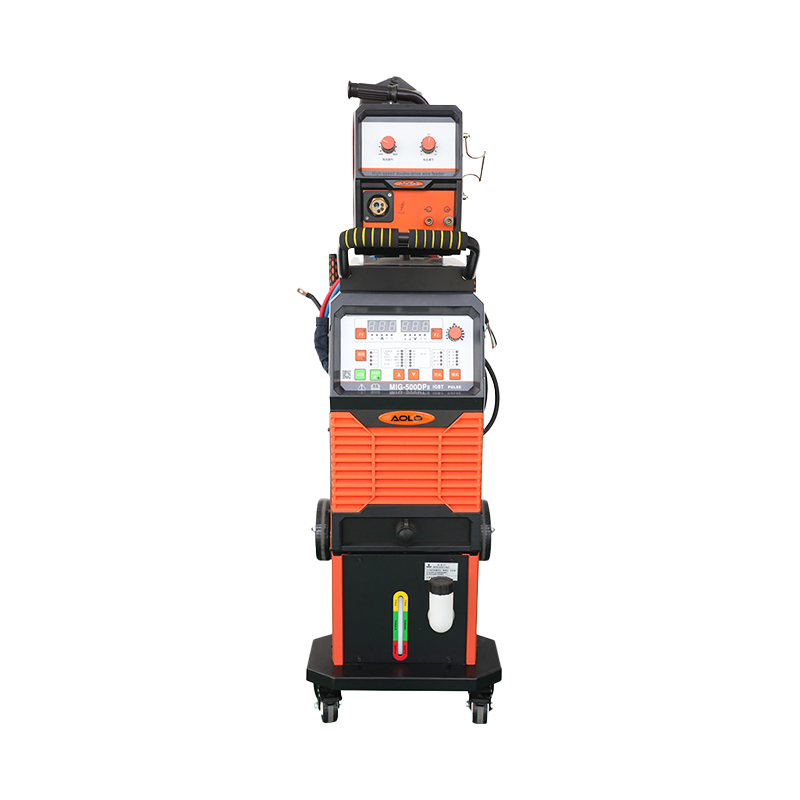
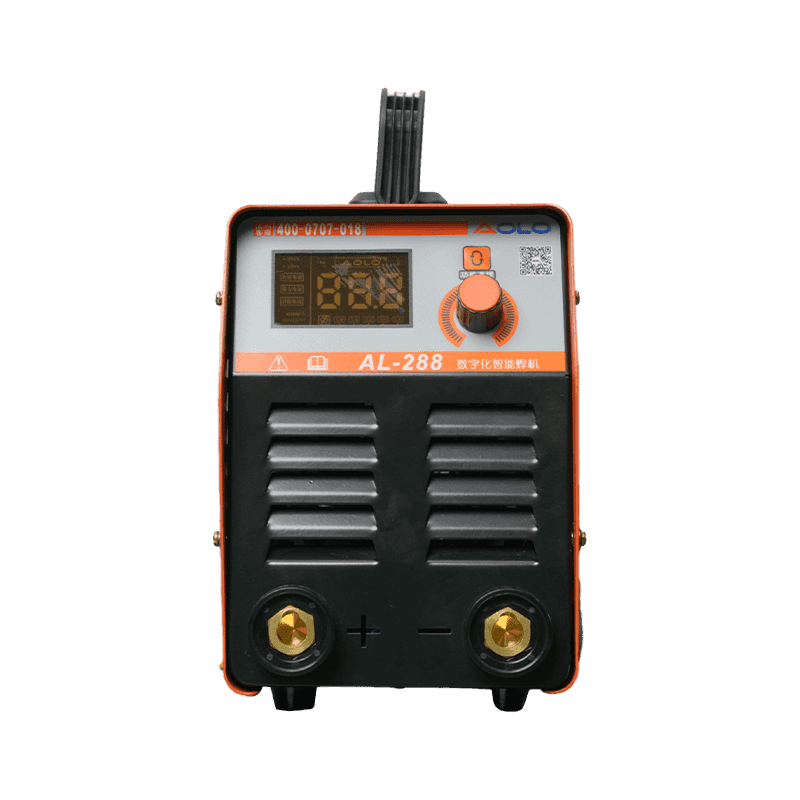
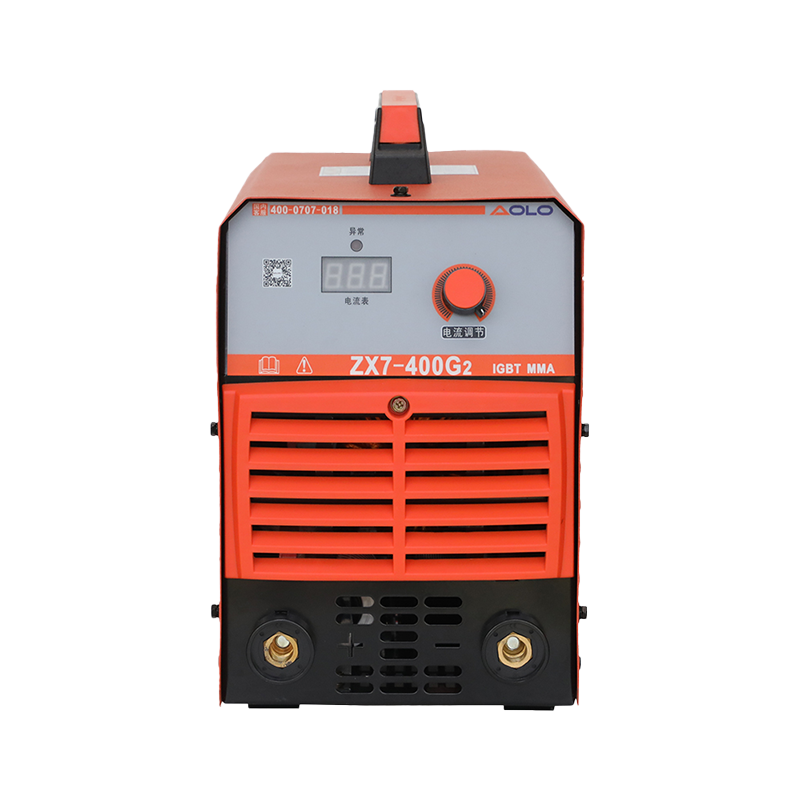

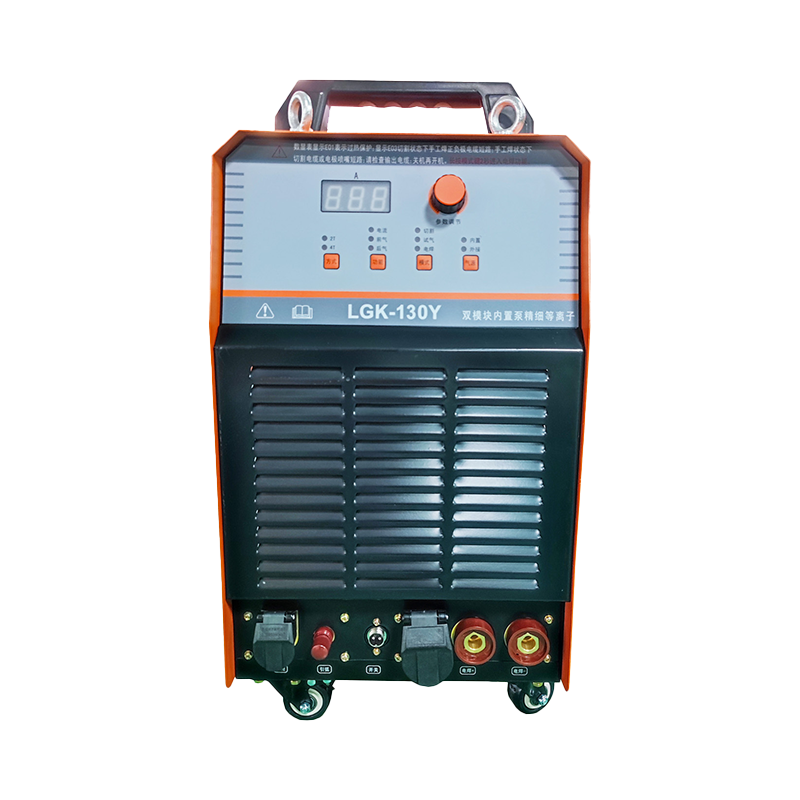
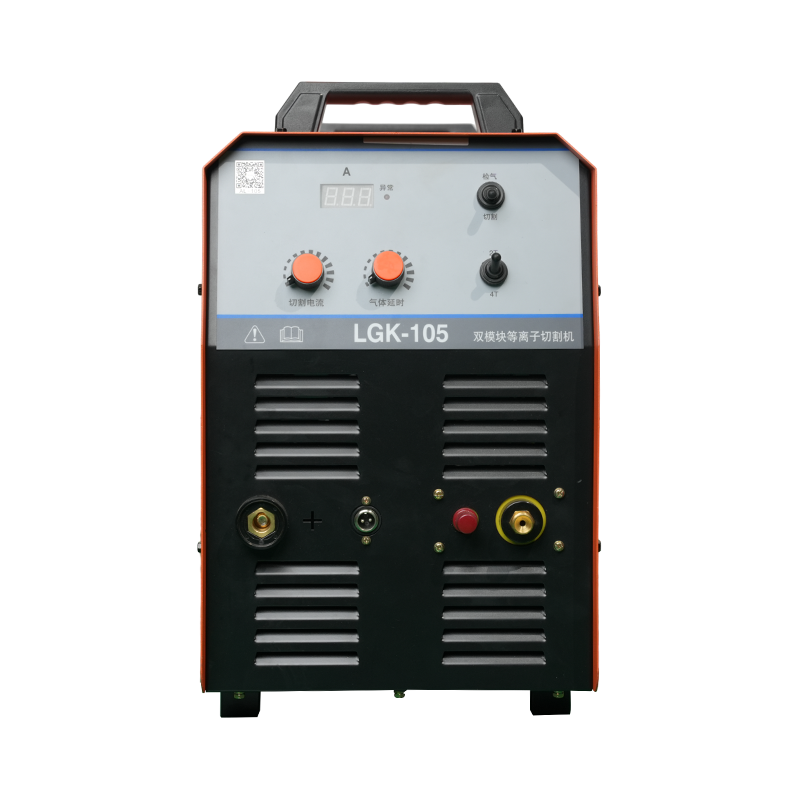
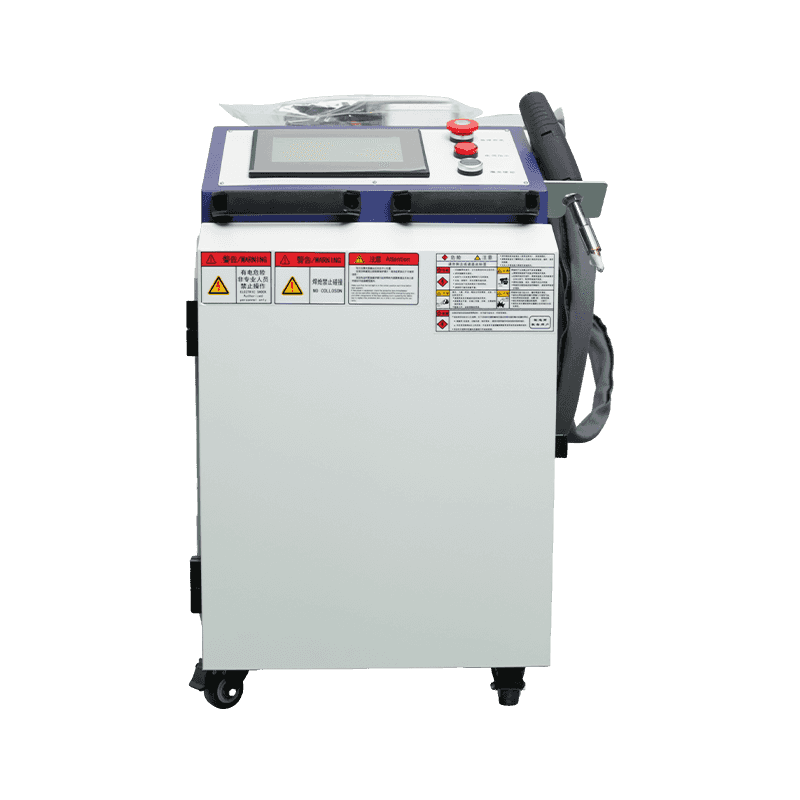
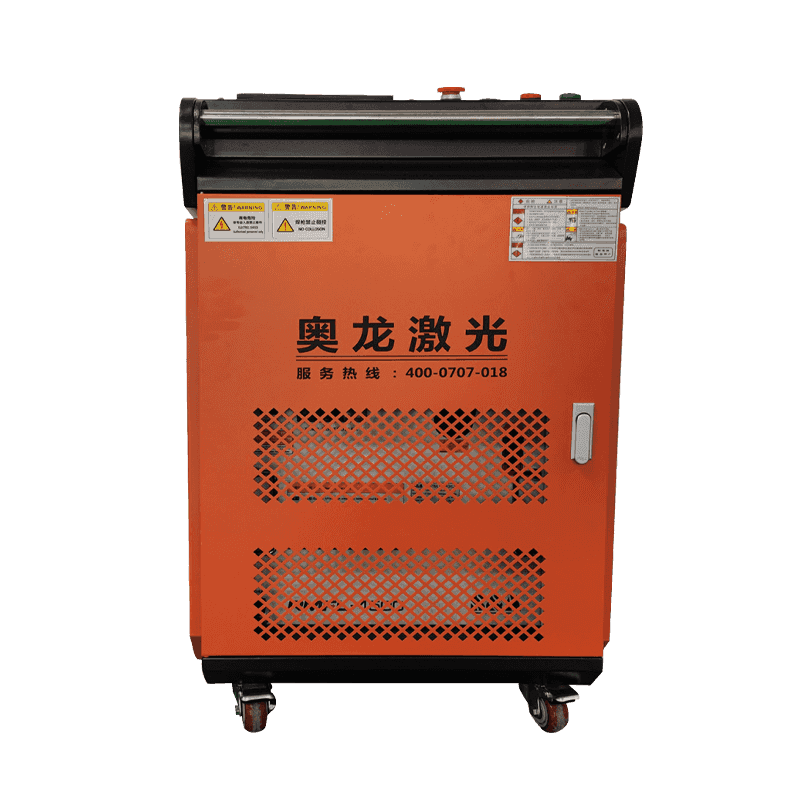
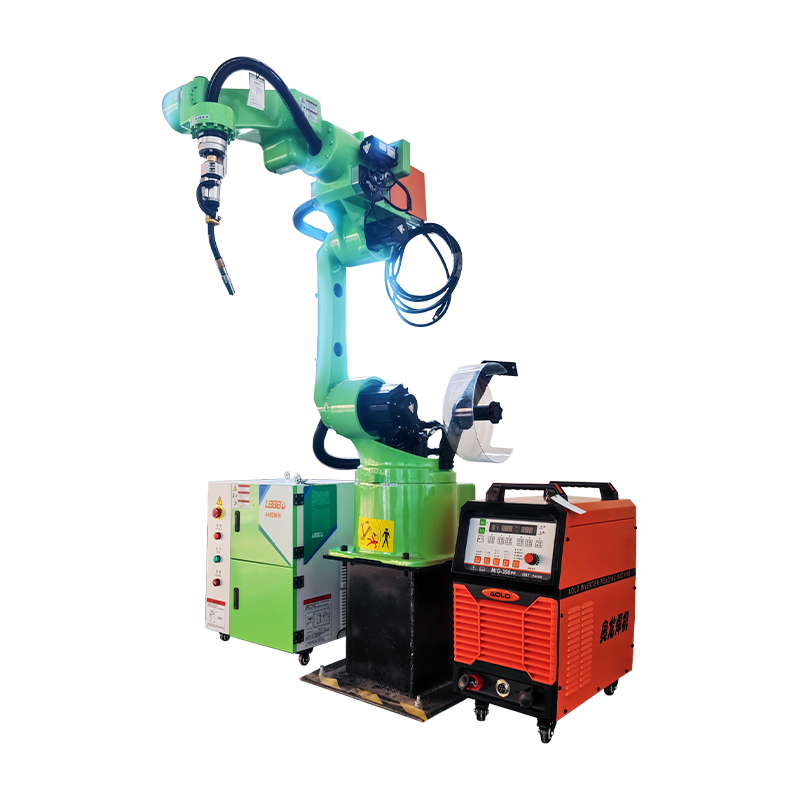







Contact Us